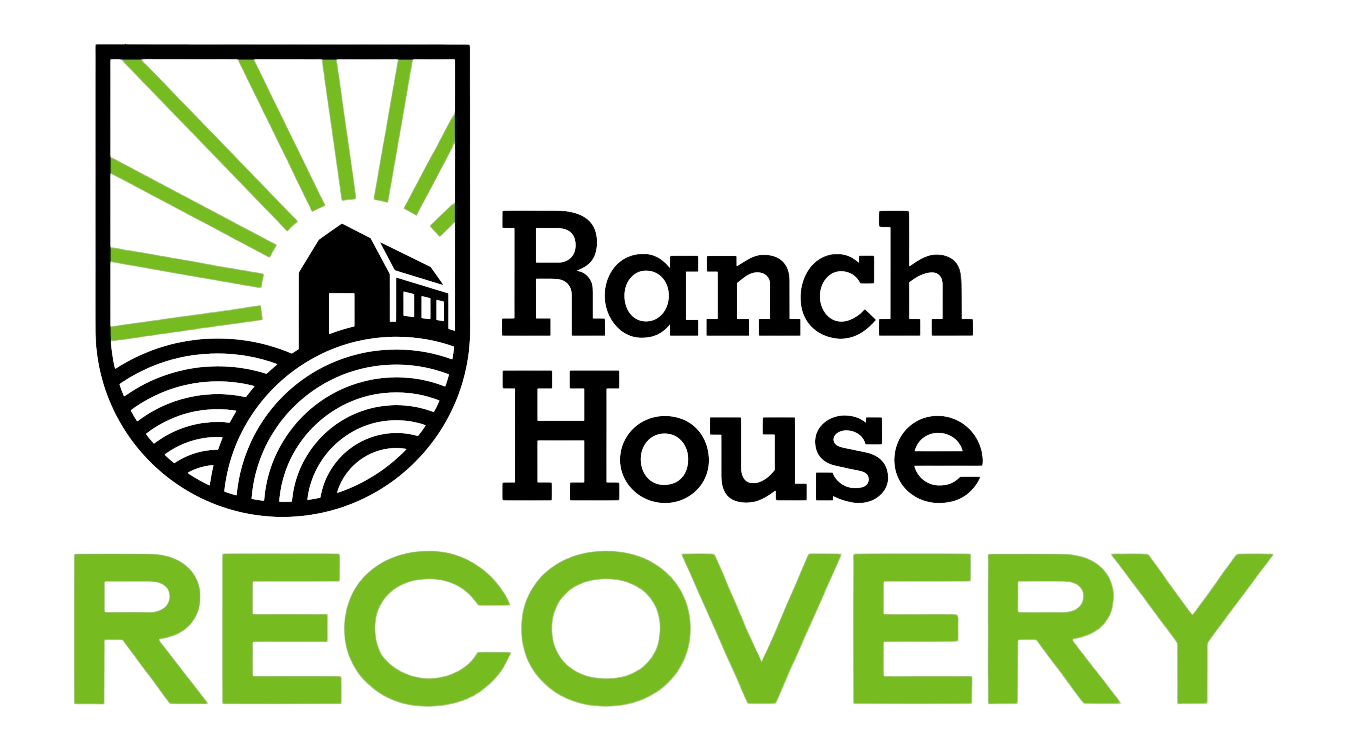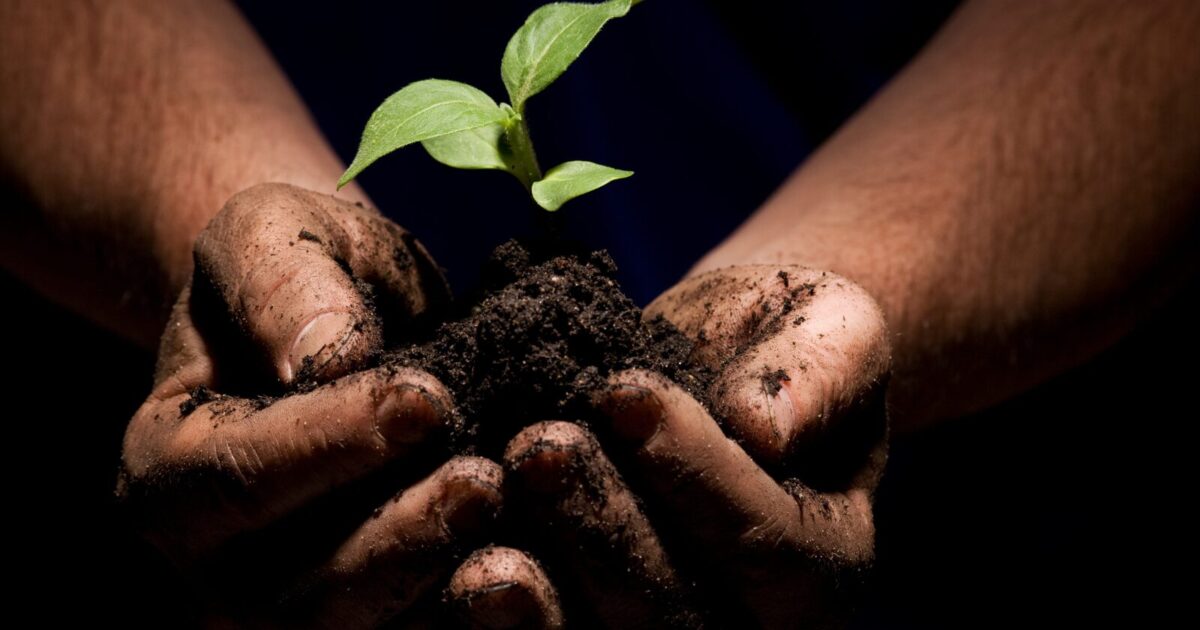What Rehab Actually Looks Like in 2026
If you’ve never been to rehab or only know what it looks like from TV it’s easy to imagine a rigid or intimidating experience. But the truth is very different.
In 2026, rehab has evolved into a science-backed, compassionate, and structured environment designed to restore health, clarity, and connection. It’s not punishment it’s a place to reset your body, retrain your mind, and rebuild your life.
At Ranch House Recovery, each day is intentionally designed to balance therapy, reflection, and community all within a safe, supportive environment. Whether you’re considering treatment for yourself or a loved one, this guide walks you through what actually happens day to day and how new therapies in 2026 are making recovery more effective than ever.
The Purpose of Rehab: More Than Just Sobriety
For decades, rehab was primarily focused on stopping substance use. Today, that’s only the beginning.
The modern approach especially at recovery centers like Ranch House recognizes addiction as a chronic but treatable brain-based condition that affects every aspect of life.
That’s why rehab in 2026 is about:
- Healing the brain and nervous system
- Rebuilding emotional resilience
- Repairing relationships and communication
- Developing healthy structure and purpose
- Creating long-term relapse prevention plans
It’s not about “checking into rehab.” It’s about learning how to live again.
A Day in Rehab: What the 2026 Schedule Looks Like
While every recovery center has its own rhythm, most programs follow a structure that blends therapy, routine, and personal growth.
Here’s a look inside a typical day at Ranch House Recovery and similar modern programs:
7:00 AM Morning Mindfulness & Routine
Each day starts with grounding. Clients wake up at consistent times to establish structure and predictability something addiction often erodes.
Morning activities might include:
- Meditation or breathwork
- Light exercise or yoga
- Journaling or gratitude practice
- Quiet reflection before breakfast
These early rituals help reset the nervous system and build internal calm essential for emotional regulation throughout the day.
8:00 AM Breakfast & Community Check-In
Meals are shared, not rushed. Nutritional recovery is part of healing the brain and body. During breakfast, clients often participate in short group check-ins sharing how they feel and setting intentions for the day.
This sense of community and accountability helps reduce isolation and normalize the recovery process.
9:00 AM Clinical Therapy (Individual or Group)
Morning hours are typically dedicated to clinical therapy the heart of the recovery process.
In 2026, therapy isn’t one-size-fits-all. Each client follows an individualized treatment plan designed by their therapist and care team.
Therapies may include:
- CBT (Cognitive Behavioral Therapy): Reshaping negative thought patterns
- DBT (Dialectical Behavior Therapy): Strengthening emotional regulation
- EMDR (Eye Movement Desensitization and Reprocessing): Processing trauma safely
- Motivational Interviewing: Building internal motivation to change
In some programs, clients meet one-on-one with therapists several times a week, while others rotate between group and private sessions.
11:00 AM Experiential or Holistic Therapies
After core therapy, clients participate in holistic sessions designed to reconnect body and mind.
These may include:
- Yoga and mindfulness training
- Art or music therapy
- Somatic experiencing (body-based trauma healing)
- Nature walks or equine therapy
- Breathwork and sound healing
At Ranch House Recovery, the focus is on real-world healing helping clients discover joy, expression, and balance beyond traditional talk therapy.
12:30 PM Lunch & Downtime
Lunch offers another moment of community connection. Nutrition teams ensure balanced meals to support energy and mood stability.
After lunch, clients usually get a brief break time for rest, journaling, or personal reflection.
1:30 PM Educational Workshops & Life Skills Training
Afternoons often focus on recovery education equipping clients with tools to sustain sobriety after leaving treatment.
These sessions might include:
- Understanding relapse triggers and warning signs
- Building healthy routines
- Financial literacy and job readiness
- Communication and boundary-setting skills
- Coping with stress and emotional regulation
Workshops are interactive and practical designed to empower independence and confidence in early recovery.
3:00 PM Group Process or Family Therapy
Group sessions foster connection, empathy, and peer accountability.
Participants share personal experiences, celebrate progress, and challenge distorted thinking in a safe, supportive environment.
Once or twice a week, family therapy sessions help loved ones understand addiction dynamics, rebuild trust, and learn how to support recovery without enabling.
4:30 PM Physical or Outdoor Activity
Movement is medicine. Many programs incorporate fitness, outdoor recreation, or sports to strengthen body awareness and self-esteem.
At Ranch House Recovery, clients often participate in hiking, group workouts, or wellness activities that connect physical health with emotional healing.
6:00 PM Dinner & Social Time
Evenings are intentionally calm. Shared meals provide community and routine key elements of long-term recovery.
Clients might enjoy free time, 12-step or SMART Recovery meetings, or relaxed social activities that build connection and belonging.
8:00 PM Evening Reflection & Journaling
The day closes with reflection. Clients write in journals, meditate, or participate in nightly gratitude circles practices proven to improve sleep and emotional stability.
Staff remain available for support throughout the night, ensuring safety and emotional continuity.
How Rehab Has Changed Since 2020
1. Trauma-Informed, Not Punitive
Old-school rehab models often relied on confrontation or “tough love.”
In 2026, centers like Ranch House Recovery take a trauma-informed approach recognizing that addiction is often a survival response to pain.
Treatment now emphasizes:
- Safety and trust
- Compassionate accountability
- Emotional education over shame
- Collaboration between therapist and client
Healing starts with understanding, not punishment.
2. Integration of Neuroscience
Advances in brain imaging and neurofeedback have transformed how we treat addiction.
Many centers now use EEG-based neurotherapy, biofeedback, and neuroplasticity training to help clients rewire their stress responses and reduce cravings.
This science-backed approach helps clients feel hopeful and empowered, not defective.
3. Personalized and Measurable Care
In 2026, data-driven tools help clinicians track progress in real time.
Mood tracking, sleep monitoring, and cognitive assessments allow programs to adjust therapies dynamically, making treatment more responsive and precise.
4. Longer, Flexible Timelines
Gone are the rigid “30-day-only” models. Today, clients stay as long as clinically appropriate often 60, 90, or even 120 days, depending on progress and goals.
Programs now adapt to the person, not the calendar.
5. Ongoing Support After Discharge
Rehab no longer ends at graduation.
Modern programs emphasize continuum of care, connecting clients with:
- Outpatient therapy
- Alumni networks
- Peer support groups
- Virtual aftercare sessions
- Relapse prevention coaching
This extended structure dramatically improves long-term success rates.
New and Emerging Therapies in 2026
Addiction science continues to evolve. Here are some of the most exciting therapies gaining traction:
1. Virtual Reality (VR) Exposure Therapy
VR allows clients to safely face high-risk triggers (like social settings or stress scenarios) while practicing coping skills with a therapist’s guidance.
2. Neurofeedback and Brain Mapping
These technologies train the brain to achieve calmer, more balanced states, helping reduce anxiety, impulsivity, and cravings.
3. Somatic and Body-Based Trauma Work
Therapies that reconnect clients to their bodies such as somatic experiencing, breathwork, or movement therapy address trauma stored beyond conscious memory.
4. Psychedelic-Assisted Psychotherapy (in Research Settings)
While not yet mainstream, FDA-approved trials for MDMA and psilocybin-assisted therapy continue to show promise for treatment-resistant addiction and PTSD.
By 2026, these therapies are cautiously being integrated into clinical research settings, not general rehab centers but they represent a future frontier in holistic healing.
5. Digital Recovery Companions
AI-powered apps now support relapse prevention, journaling, and stress tracking between therapy sessions extending clinical support beyond rehab walls.
Life After Rehab: What Comes Next
Rehab is the beginning, not the end.
At Ranch House Recovery, discharge planning begins early ensuring every client has a personalized aftercare plan that includes:
- Outpatient therapy or coaching
- Sober living recommendations
- Family reintegration support
- Recovery community connections
- Vocational or educational resources
Clients also stay connected through alumni programs, support calls, and continued check-ins a critical factor in sustaining sobriety.
The Ranch House Recovery Difference
At Ranch House Recovery, we believe recovery should feel human, structured, and hopeful not sterile or impersonal.
Our daily schedule is designed to help clients rediscover self-worth and belonging through:
- Evidence-based therapies
- Peer and community connection
- Mind-body wellness practices
- Consistent, compassionate guidance
Because when people feel safe and supported, real healing can finally begin.
Closing Thoughts: What Happens in Rehab Is What Changes You
The day-to-day rhythm of rehab therapy, reflection, meals, movement might sound simple. But in recovery, structure is healing.
What happens in rehab is a process of rebuilding the mind and body one hour at a time.
In 2026, addiction treatment is more advanced, humane, and empowering than ever. And for many who walk through those doors, that first day in rehab marks the start of something even more powerful the day they start believing in life again.











